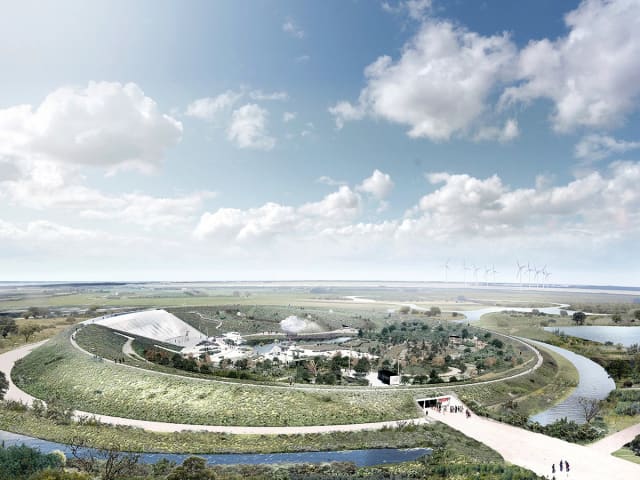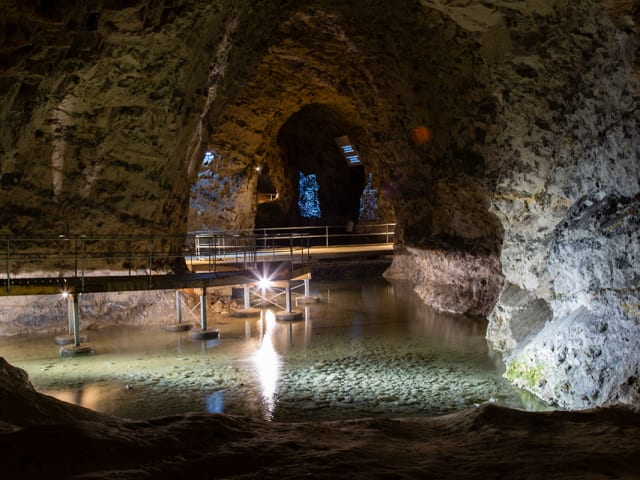Three women save the lighthouse
The authority that owned the lighthouse in 2003 wanted to save money on the maintenance of the buildings, so they put the lighthouse up for sale. But the locals who had lived under the flashing light of the lighthouse all their lives, did not want it to go to just anyone. What now? Who would buy it? Maybe someone who would close the place to the public? That could not happen!
The lighthouse, which over the years has saved many sailors from strandings, now seemed to need a rescue itself. For three years, three local women from the area did a huge job of collecting signatures, gathering support their ideas and talking to politicians. And at last, it all worked out. In 2006, Lemvig Municipality bought the lighthouse, which they sold on to the fund that the locals had set up, for one Danish krone (DKK) - with the clause that it should be kept open and run as a cultural place with public access. And so it has been ever since.
The volunteers' ideas is the basis of the lighthouse
Just as the rescue initiative was taken on as a voluntary project by the three women, the tower is now run by a large number of volunteers. Many support the lighthouse, and the ideas from the many volunteers have developed Bovbjerg Lighthouse into a living culture house with 50 - 60,000 visitors a year. They have a café full of homemade baking goods, a shop with local products and local food, and they have changing art exhibitions every month. You can read the many good stories, including from the tower's time with lighthouse keepers and about the time during the war. The lighthouse is the setting for many exciting events each year; everything from concerts, communal dining and an autumn market to theater performances. The volunteers' ideas and urge to work are inexhaustible.
Of course you can also enjoy the view from the tower, where you can let your gaze slide over the North Sea, the three visible medieval churches on land and Bovbjerg Klint with traces from the ice age.
Today there is no Lighthouse keeper at Bovbjerg, but "Lighthouse Aunt" Lene Christiansen is in charge together with a small handful of permanent employees and keeps track of the volunteers' great work to ensure that Bovbjerg Lighthouse is kept open and active - to the benefit of the many guests.




